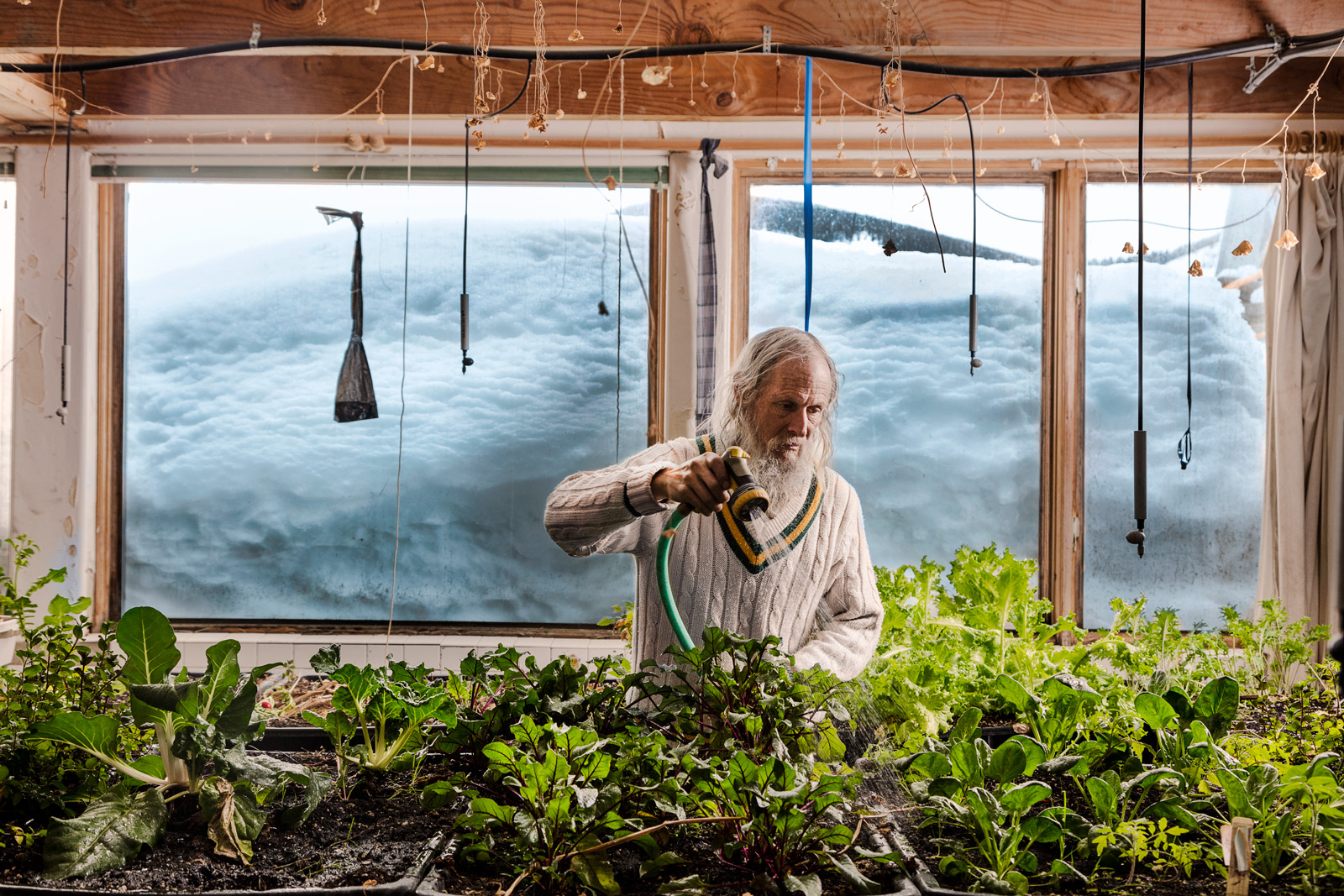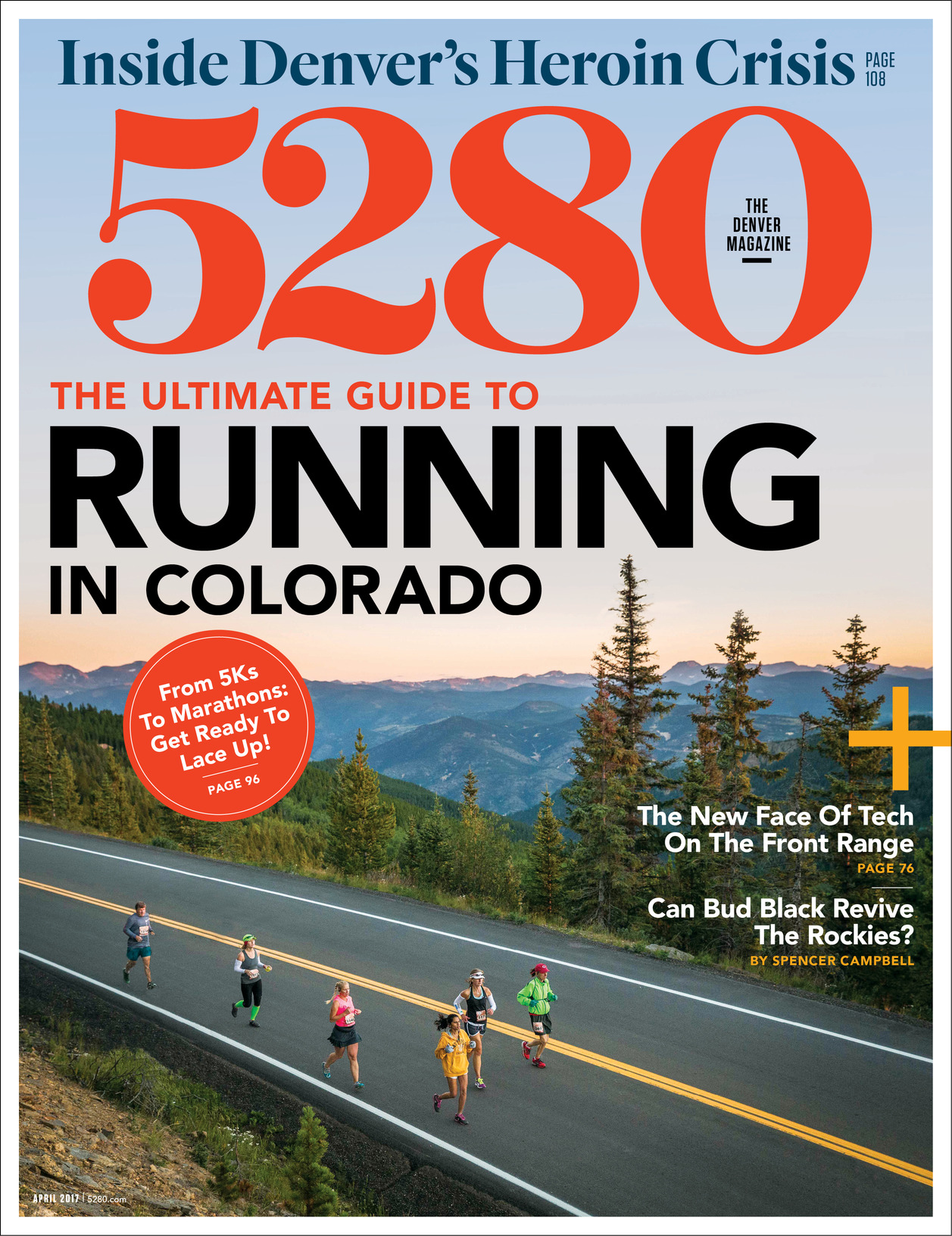The Local newsletter is your free, daily guide to life in Colorado. For locals, by locals.
Looking back at the season’s snow totals is a spring ritual for everyone from ski bums to water providers in Colorado. Yet few understand the history of the state’s snowpack better than Billy Barr, who has lived in a secluded cabin in Gothic, just north of Crested Butte, for more than 40 years. Over that time, Barr, an accountant at the Rocky Mountain Biological Laboratory (RMBL), has also kept the books on his natural surroundings by logging records of snowfall, temperature, and wildlife. RMBL researchers learned of Barr’s trove of data in the mid-1990s and have since used it to document the effects of climate change in the high country. Between skiing out for supplies and shoveling his roof (yes, his roof), Barr recently found time to speak with 5280 about his role as an accidental contributor to climate science.
Resumé
Name: Billy Barr
Age: 66
Occupation: Accountant; recluse
5280: What brought you to Gothic?
Billy Barr: I grew up in Trenton, New Jersey, and went to school in New Brunswick. At the time it was still a very male-dominated, macho society. I didn’t do well there—in a place where I was constantly being barraged by what I should be, what I should own, how I should think, and how I should feel. Out here, I make my own culture.
Why did you start keeping such meticulous records?
BB: I’m surrounded by something [the weather] that controls my life, so it makes sense to learn about it. Plus, I’ve always been obsessed with keeping track of things. As a little kid, I kept baseball statistics.
What does your data reveal about how Colorado’s climate has changed?
BB: Out of the first 20 years I was here, the average high temp in November was below freezing for 11 years. In the last 22 years, the average high in November has been above freezing every year except one. The snow is also melting faster in the spring, as we’re seeing warmer spring and fall temperatures. When the snow melts early, we have less to get us through the late summer—and water from this area supplies the whole Southwest. This year, Gothic saw nearly 100 inches of snow in the first 11 days of January.
How difficult is it to live in conditions like that?
BB: January was bad—it was a pain in the butt. The snow knocked out the power a couple of times. We also had two months with very little sun at all, and a part of my roof where the snow always slides didn’t slide, which made me nervous that it might collapse. Still, being out here is often easier than being in town, because we don’t have to drive on the roads and we don’t have to shovel the sidewalks. We just have to get our skis on top of the snow.
You’ve recently been featured in several national publications and even had a short film, The Snow Guardian, made about you. How has the attention changed your life?
BB: Nothing much has changed out here. It has snowed a lot since I started getting publicity, and that’s dominated my life far more than getting recognized for my work. I must admit that it was entertaining at first to read articles about myself, although I’m still amazed anyone would care about what I do every day.









